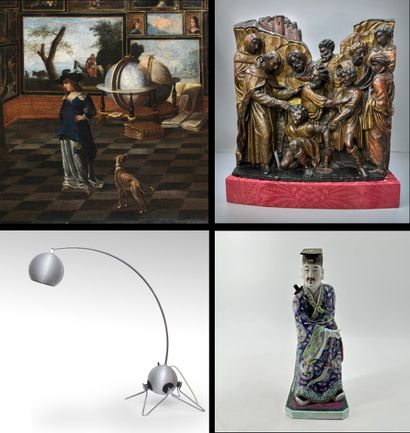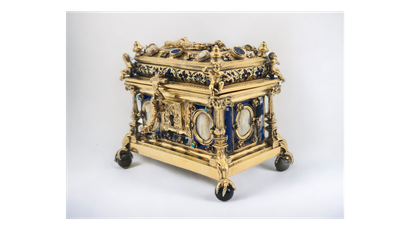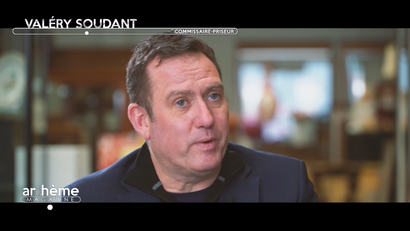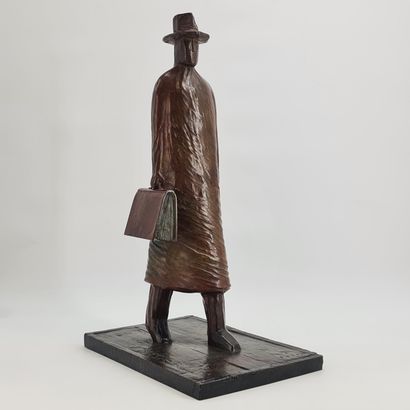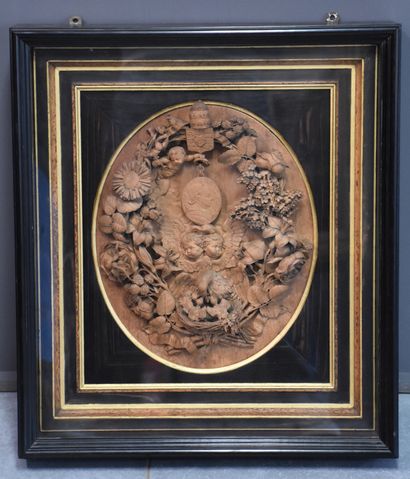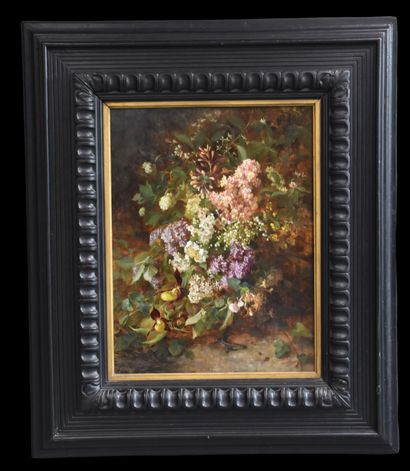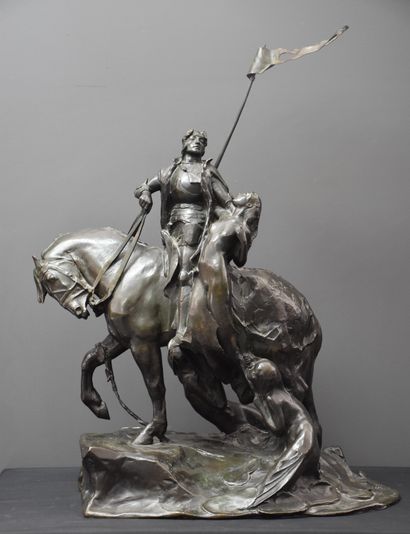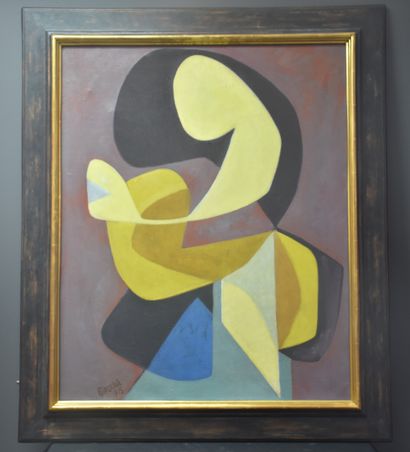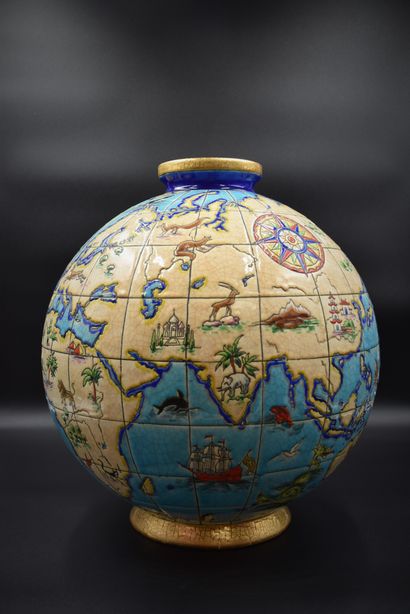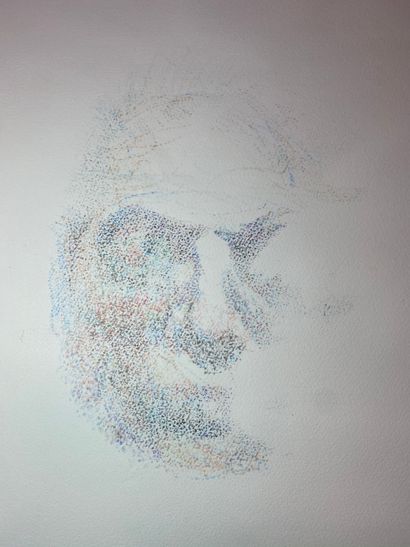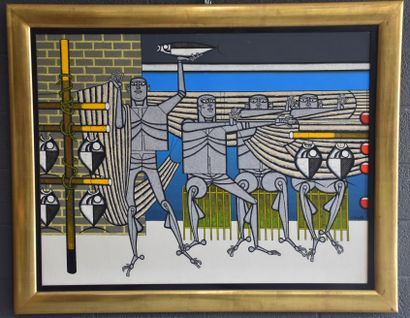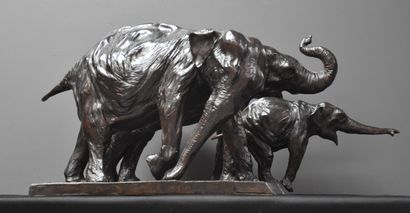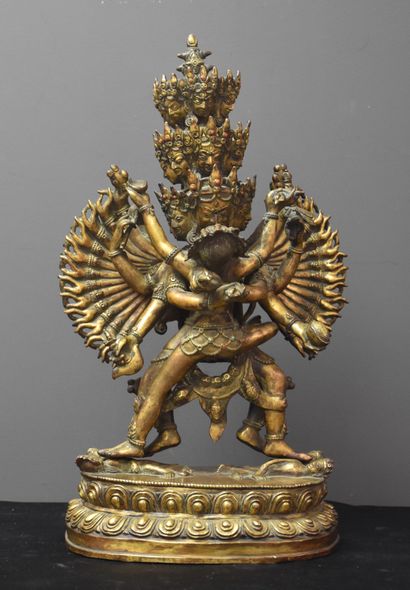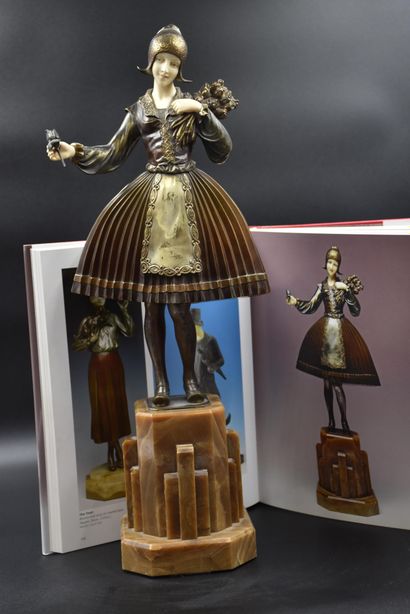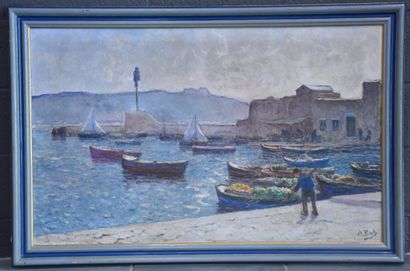Sunday 26 May 2024 at 13h00
Upcoming auctions
May 2024
June 2024
Vente Online - OBjets d'art et Collection de vases Boch Keramis (Charles CATTEAU et autres...)
July 2024
News
Nos premières journées d'expertises à Nivelles.
VENDREDI 12/04 14h-17h
SAMEDI 13/04 10h-13h
31 rue de Saintes -1400 Nivelles
VENDREDI 12/04 14h-17h
SAMEDI 13/04 10h-13h
31 rue de Saintes -1400 Nivelles
Read more
Evidement pas dans n'importe quelle Gazette ...
Gazette Drouot N° 9 du 01 mars 2024.
Gazette Drouot page 162
Gazette Drouot page 165
Gazette Drouot N° 9 du 01 mars 2024.
Gazette Drouot page 162
Gazette Drouot page 165
Read more
Vente aux enchères du 15 novembre 2023.
Lot 33
Clic here to see the video
Click here for the full details
Lot 33
Clic here to see the video
Click here for the full details
Read more
Expertises
PICK UP OF YOUR PAID ITEMS
Please use this link to make an appointment.
Thank you for your understanding
Please use this link to make an appointment.
Thank you for your understanding
| EXPERTISES WOLUWE ST PIERRE WEDNESDAY 17/04/2024 Thursday 02/05/2024 14H A 17H00 177 rue au Bois - 1150 Woluwe-Saint-Pierre |
| NEW!! EXPERTISES NIVELLES WEDNESDAY 24/04 14h-17h 31 rue de Saintes -1400 Nivelles |
Focus
Lot N° 33
Important note to Live buyers: please contact the auction house in advance to authorize an adequate bidding limit and to avoid blocking during bidding. The standard bidding limit is insufficient for this lot Master goldsmith Pierre MANGOT (Tours?, around 1485/1490 – Paris?, between 1551-1563). Paris first half of the 16th century, 1535/36. Casket in cast, chiseled and gilded silver, translucent enamels on silver, shell cameos, semi-precious stones (garnet, turquoise, lapis lazuli, banded agate). Parallelepiped box confined to the corners of detached columns, with fluted shaft, scrolled capital and disc base, resting on agate spheres enclosed by claws topped with curved acanthus leaves. Facade: two oval mother-of-pearl cameos carved in strong relief, antique-style female and male profiles facing each other accompanied by the inscriptions O BIEN DEMETERA (Demeter) and MARQ ANTONII (Marc-Antoine) in a translucent blue enamel surround on silver enhanced with turquoise and garnets set in buttons. hasp lock with palastra decorated with freely arranged scrolls decorated with a grotesque head, hasp in the shape of a palmette ending with a dog's head. Sides: same decoration of blue enamel, cameos and set stones. Left, profile of a beardless man accompanied by the inscription VIVE COVANCE (?), right, female bust with loose hair from the front surrounded by the inscription O (I)ATANE SECONS (Ariane?). Back: central plate in translucent enamel (yellow, blue, green, manganese) on low-cut silver representing Venus and Love with two set turquoises on either side, framed cameos, female right profile accompanied by the inscription LABELLE TYBEEA ( Thisbe ) and left profile of a bearded man with the inscription HOLOFERNES (Holophernes). Lid: rectangular blue enameled top plaque with gold foliage highlights (decor of which only traces remain) centered with a mother-of-pearl cameo depicting in strong relief a female bust turned to the right surrounded by the inscription LA BELLA MEDEE (Medea ) .it is provided with a movable handle enriched with foliage. inclined plane frame punctuated alternately with cabochons of child's heads in shell, floral buds with curved leaves and cabochons of antique lapis intaglio, spinning tops at the four corners. lower part with cushion profile decorated with floral scrolls in translucent champlevé enamel on gilded silver. on each corner sits a naked child in the round adopting animated positions. Bottom: bearing the Paris hallmark with a crowned Gothic G and the Gothic M goldsmith's hallmark surmounted by a crowned fleur-de-lys. Paris, MO Pierre Mangot (Tours?, around 1485/1490 – Paris?, between 1551-1563), first half of the 16th century, 1535/36. Height: 9.5 cm excluding handle - Length: 11.5 cm - Depth: 8.5 cm. Gross weight: 560 g Interior lined with purple velvet (some accidents and losses) Origin: private collection, Belgium This box, still unpublished until recently, is the work of Pierre Mangot, originally from Tours who trained in Blois in the workshop of Louis Duzen , goldsmith to Louis XII. Close to royal circles very early on, he became the goldsmith of Francis I after working for several years for the king's mother, Louise of Savoy. It is believed that his installation in Paris dates from the years 1528-1529. It is therefore to the Parisian production of this artist that we must link this luxurious box set from a Belgian collection. There we find the decorative abundance specific to this singular goldsmith who succeeds in combining different materials such as mother-of-pearl, semi-precious stones, gilded and chiseled silver with a pronounced taste for antiquity. He thus often resorts to the representation of "antique-style" busts directly borrowed from the art of northern Italy and likes to use intaglios reminiscent of Roman glyptics as here. The corpus of his works is quite small and currently includes around a dozen pieces, including those that do not bear his mark. We can thus divide them into two groups. The unmarked : - ciborium of the “treasure” of the order of the Holy Spirit (Paris, Louvre museum, inv. MR 547) - two torches from the “treasure” of the order of the Holy Spirit (Paris, Louvre museum, inv. MR 545 and 546) - pair of cruets from the "treasure" of the order of the Holy Spirit (Paris, Louvre museum, inv. MR 548 and 548) - clock salt shaker Royal of Henry VIII ( London , The Goldsmiths' Company) - box of the Sibyls (London, British Museum, inv. WB.23) The marked ones : Mangot hallmark: - covered cup (Paris, Bibliothèque nationale de France, inv. 55.487) Hallmarks of the Jurande de Paris and Mangot: - cup or salt shaker, 1528/29 (Paris, private collection) - large mother-of-pearl box, 1532/33 (Paris, Louvre museum, inv. OA 11936) - small mother-of-pearl box, 1533/34 (Mantua, diocesan museum) - box, 1535/36 (private collection, Belgium) This precious box presents the different decorative techniques found in Mangot's other works: - translucent blue enamel on silver plate enhanced with gold motifs (ciborium, pair of cruets, clock salt cellar, Sibyl box, large and small mother-of-pearl boxes, covered cup) - claw-shaped feet enclosing a sphere (ciborium, torches, salt cellar-clock, cup or salt cellar, large and small mother-of-pearl boxes) - shell cameos and/or shell cabochons called porcelain cameos in inventories (ciborium, clock salt cellar) - intaglios (ciborium, torches, box of Sibyls, large and small mother-of-pearl boxes) - turquoise and/or garnets (ciborium, torches, clock salt cellar, Sibyl box, large and small mother-of-pearl boxes) As on other pieces, Pierre Mangot shows himself here as a master of carving in strong relief and in the round: scrolled capitals, acanthus leaves, clawed legs, leafy handle, hasp and abundantly crafted lock palaster, up to the children seated in balance at the four corners of the lid, completing the exquisite charm of this object which can also be seen on the other boxes of the master goldsmith. In addition to these different goldsmithing techniques, this small box uses a type of decoration that is not observed on any other work by Pierre Mangot: that of low-cut polychrome enamels on silver used for the plaque appearing Venus and Love on the back of the box and that of the translucent champlevé enamels on silver of the flower frieze adorning the edge of the lid. This is a real discovery which enriches the knowledge that we had until now of the already very varied talent of this artist. We owe it to the eminent specialist in Renaissance goldsmithing, Michèle Bimbenet -Privat, still general curator until recently at the department of art objects at the Louvre, for having documented and thus brought back to life this fabulous goldsmith of François 1st was Pierre Mangot . During her research for her doctorate, she identified her hallmark which had until now been misinterpreted. Her remarkable work of research and scholarship thus gave shape to this artist whose original personality she was able to highlight so well through her numerous publications. She was able to examine this box, discovered in a private Belgian collection, shortly before the conference organized by the British Museum in 2021 around Henry VIII's royal salt cellar-clock. She mentions it and illustrates it in her article "Pierre Mangot and Goldsmiths at the Court of Francis I of France" published on this occasion by the English museum. Not having had the material time to study it, she only highlights the need for in-depth research in order to be able to associate this piece of goldwork with royal or princely patronage. It seems in fact that this is the most likely hypothesis given the close links that Mangot always maintained with the royal circle, first with Louise of Savoy and then with the king himself. Moreover, the royal origin of the large mother-of-pearl casket in the Louvre is hardly disputed to the point of recognizing it as a diplomatic present from Francis I to Henry VIII. Corresponding to a certain maturity of Mangot's Parisian installation, this box uses several goldsmithing techniques as if the artist had wanted to offer on a single object, capable of being held in the hand, the range of his engraving talents , enameler and jeweler. The fruit of a female order, or at least intended for a woman, it also testifies to its belonging to a literate environment, steeped in humanism. In this way it is the symbol of the refinement of this first French Renaissance turned both towards a certain medieval archaism with its profusion and the severity of its lines and also towards an openness to the kind and erudite world of Italy of dazzled nobility by the discovery of transalpine art. This is therefore a unique work which will somewhat enrich our view of this era of great creative abundance which saw a total renewal of the arts. Bibliography : M. Bimbenet -Privat, "Pierre Mangot and Goldsmiths at the Court of Francis I of France", A Royale Renaissance Treasure and its Afterlives: The Royal Clock Salt , The British Museum, Research Publication, 227, 2021, p.40-60 , Fig.39, p 48. Works consulted: - M. Bimbenet -Privat, The Parisian goldsmiths of the Renaissance 1506-1620, Public Works Commission of the city of Paris, 1991, p.640. - M. Bimbenet -Privat (ed . ), Parisian goldsmithing of the Renaissance, Scattered treasures , Panthéon cultural center, 1995, n°73b, p. 110 – 112. - P. Malgouyres , “A box set “ made in the fashion of the said country of Indye ” mounted in Paris by Pierre Mangot”, Venus from elsewhere, materials and traveling objects , Seuil, Louvre éditions, 2021. - M. Bimbenet -Privat, F. Doux, C. Gougeon, Goldsmithing of the Renaissance and Modern Times, 16th, 17th and 18th centuries , The collection of the Louvre Museum, vol. 1, p. 64-77, vol 3, p.331. Pierre MANGOT (Tours ?, vers 1485/1490 – Paris ?, entre 1551-1563).
Estimation :
400 000 EUR - 600 000 EUR
Result :
400 000 EUR






20210327181003.jpg)


f20231121150317.jpg)







